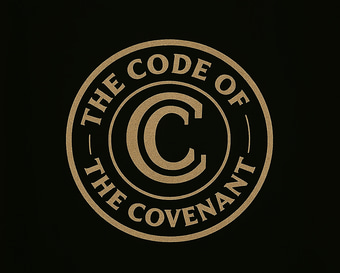
"In the name of freedom, we made marriage fragile. In the name of protection, we removed the protectors."
The Long Retreat of Covenant
Marriage was once one of the West’s most powerful cultural institutions.
Rooted in the Judeo-Christian tradition, it was defined not simply as a legal arrangement, but as a solemn, lifelong Covenant between a husband and wife. This model of marriage—exclusive, monogamous, and enduring—was carried across the Western world by religious and cultural institutions that reshaped family life and social order. In doing so, it pulled the West out of a global and historical norm of polygamy and clan-based kinship, laying the foundation for the Nuclear Family and a period of social stability, and security that was unmatched by any other form of social organization that came before it.
The Nuclear Family became one of the West’s greatest civilizational strengths. It served as the cornerstone upon which cultural identity, economic resilience, and social cohesion were built. More than just a bond between husband and wife, the family system offered structure, safety, and continuity for every member it touched—children, parents, grandparents, and even neighbors. It created overlapping networks of responsibility and care, forming the landscape that unified communities and held society together from the ground up. This wasn’t just a private arrangement—it was the engine of generational stability and civic life.




The decline of this system did not happen overnight —and certainly not because it was weak. The state has assumed primary authority over marriage, displacing religious institutions and altering the moral and foundational expectations once inherent in the marital bond.
It withstood over a century of social engineering, legal deconstruction, and policy-driven substitution. Government programs, however well-intentioned, prove incapable of effectively managing the millions of intricate and diverse, social details of every home. The relationships between a husband and a wife, parent and child, generational bonds between grandparent and grand child. The integration of hundreds of thousands of these family ties woven into our social fabric. Bureaucracies were never built to nurture family formation, transmit moral values, or cultivate intimacy in a household. The fact that the nuclear family persisted for so long—despite sustained institutional interference—is not a reflection of governmental competence. It is a testament to the resilience of the marriage model itself and to the cultural cohesion and intergenerational support it made possible.
Learn More about the history of Monogamous Marriage.
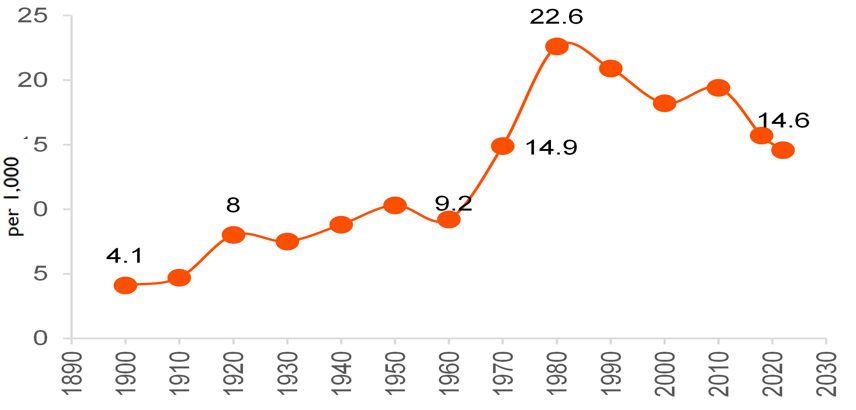

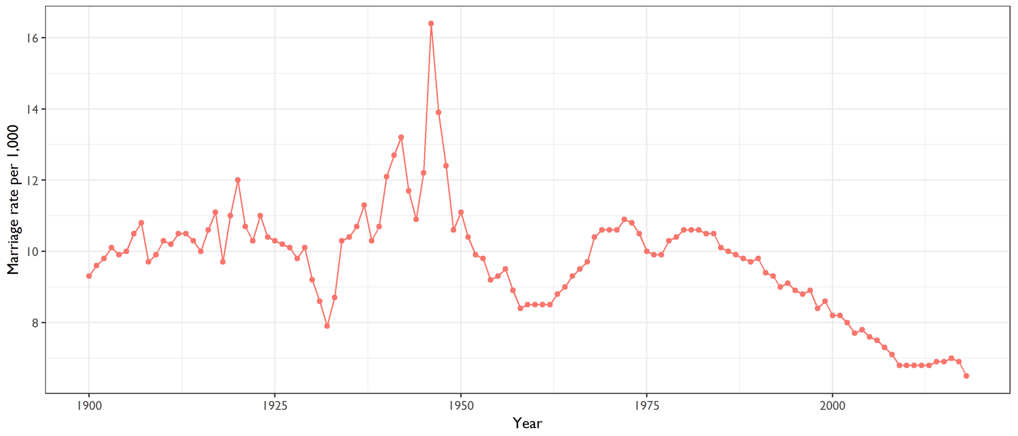

Marriage Rates
Divorce Rates
Understanding The Numbers
At present only 47% of US adults are married, and based on current numbers only 35% will get and stay married.
Among adults aged 18–30, less than 20% are married today. Every generation has experienced lower rates of marriage. As older generations pass away the Nuclear family will pass away with them.
Among the population today the norm is no longer marriage. It is serial monogamy, temporary cohabitation, or indefinite singleness
If we do not act
The Institution of Marriage will end and the Nuclear family will cease to exist.
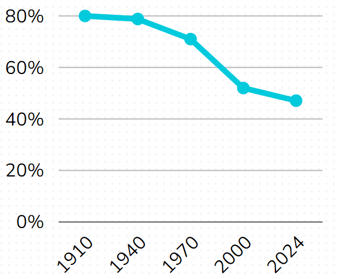

Households Headed by Married Couples
1910-80%
1940-78.8%
1950-87%
1960-75%
1970-71%
1980-61%
1990-55%
2000-52%
2010-49.7%
2020-49%
2024-47.1%
2030 projection-45%
The changes to traditional marriage have not improved conditions for women in instances of Domestic Violence either.
The Affect on Women
Divorced
Never Married
20% of divorced women fall into poverty
Women’s household income drops by an average of 41% after divorce
Only 25% of divorced mothers receive full child support payments
Divorced women are more likely to experience depression, anxiety, and chronic stress
Divorced women have a 24% higher risk of heart disease compared to married women
Remarriage rates are lower for women, with cohabitation being the most likely relationship type with future partners
Approximately 70% of all divorces are initiated by womem
Women aged 25–39 are the most likely to divorce
70% of women’s second and third marriages end in divorce, compared to the 50% of First Marriage.
Never-married women report significantly higher rates of loneliness and psychological distress than their married counterparts
Unpartnered women are more likely to experience depression and anxiety
Single women over 40 are more likely to report low life satisfaction compared to married women, even when controlling for income and education
Never-married women are more likely to face financial insecurity in retirement
Older never-married women are at higher risk of poverty
Never-married women are more likely to live alone in old age, increasing the risk of social isolation, delayed medical care, and cognitive decline
They are less likely to have a caregiver in times of illness or disability


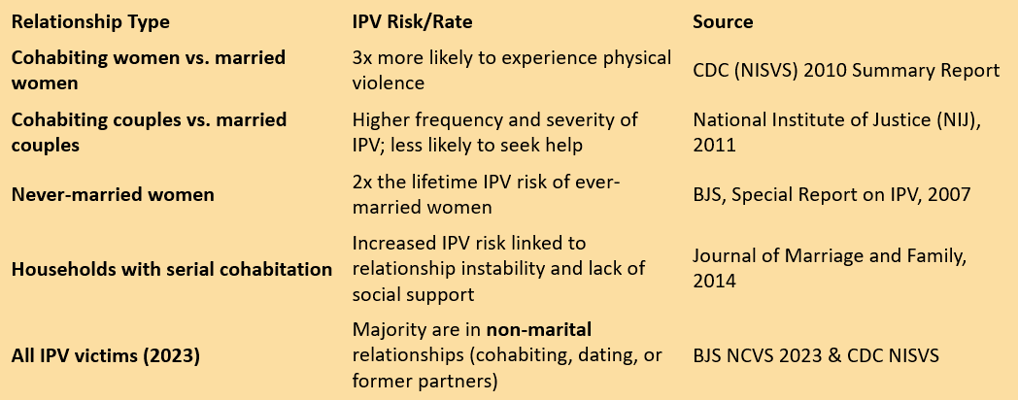

Women have experienced a 50% increase in homelessness since entering the 21st century.
Women now represent the fastest growing demographic within the homeless population.


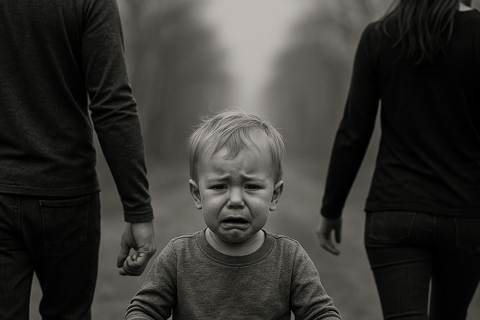

This isn’t just a statistic—it’s a seismic shift in the structure of childhood:
Stability becomes a privilege, not a norm.
Public systems must fill the gaps once held by family.
Generational trust in marriage will erode further, making recovery impossible.
Based on current trends and projections, only about 1 in 3 children born today in the United States are expected to grow up being raised with both biological parents in an intact home.
Why This Matters
85% of youth in prison grew up in a fatherless home — Texas Department of Corrections
7 in 10 youth in state-operated facilities (detention or treatment centers) come from fatherless homes — U.S. Department of Justice
Children from fatherless homes are:
4× more likely to live in poverty
2× more likely to drop out of high school
2× more likely to commit suicide
75% of adolescent patients in substance abuse centers come from fatherless homes
90% of runaway or homeless youth come from fatherless homes
Girls from fatherless homes:
Have a 100% higher risk of obesity
Are 4× more likely to become teen mothers
Children In Broken Homes
Adults From Broken Homes
The Affect on Children
Adults from broken homes are more likely to:
Experience chronic anxiety and depression
Struggle with joblessness or underemployment
Rely on government assistance at higher rates
Lower educational attainment and reduced lifetime earnings are common outcomes — Claremont Port Side
Males from fatherless homes are up to 20× more likely to go to prison in their lifetime.
Adults raised in broken homes are more likely to:
Report lower relationship satisfaction
Experience higher divorce rates themselves
Exhibit weaker social trust and civic engagement
Go to Prison at staggering higher rates
Commit Suicide
1 Quick stat:
Children in a home with a cohabitating partner (non Biological parent) are nearly 20X more likely to experience physical (19.2X) and sexual (19.8X) abuse.
A child with never married or divorced parents can have up to a 75% chance of living at least part of their childhood in a home with a cohabitating partner.
Unity
Join us to strengthen and restore marriages together.
Hope
Action
1-800-555-0199
© 2025. All rights reserved.
